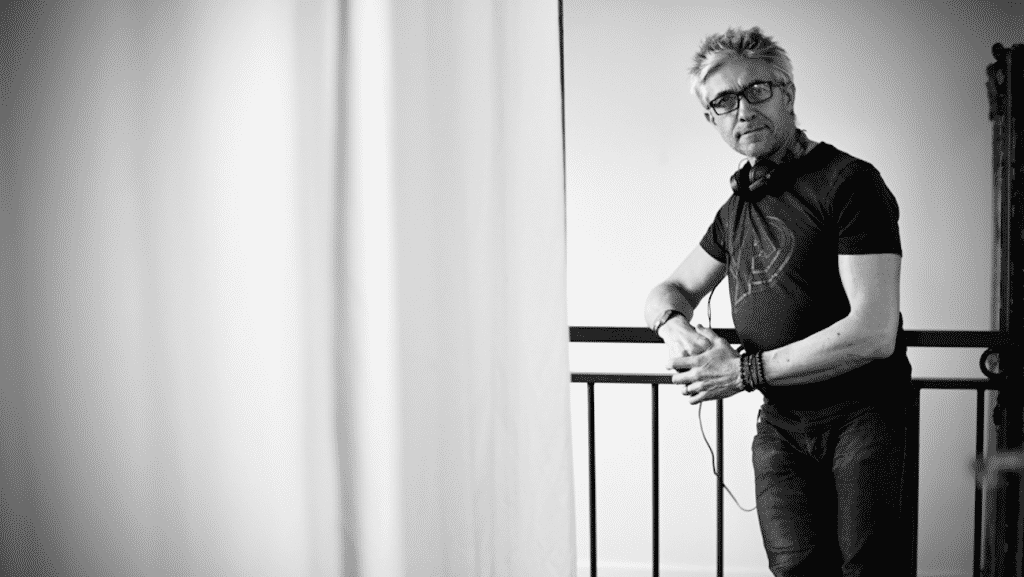Branded content is huge these days, and you don’t have to take our word for it, either. From traditional commercials that air on television and online to the sponsorships of social media influencers, branded content is just about everywhere.
Just think of some of the commercials that stick in your mind long after they leave your screen. For decades now, branded content, under many different names, has been a very important means by which companies can communicate with their various audiences.
Here in the digital age, when communication of any kind is more visual than ever before, branded content is huge, and you can bet it’s only going to get bigger in the coming years.
So why does that matter for young filmmakers looking to become professionals? Well, creating branded content can represent an enormous opportunity for filmmakers, especially for filmmakers who don’t already have years of experience in the field.
Yet despite the objective value of such opportunities, there does seem to be a great deal of hesitance among young, aspiring filmmakers to jump into commercial work, and at least some of that hesitance is based on misconceptions about the work itself.
So we’d like to dispel some myths about creating branded content as well as provide a small window into what it’s actually like to work on these kinds of productions.
To do that, we’re bringing an expert of branded content filmmaking along for the ride.
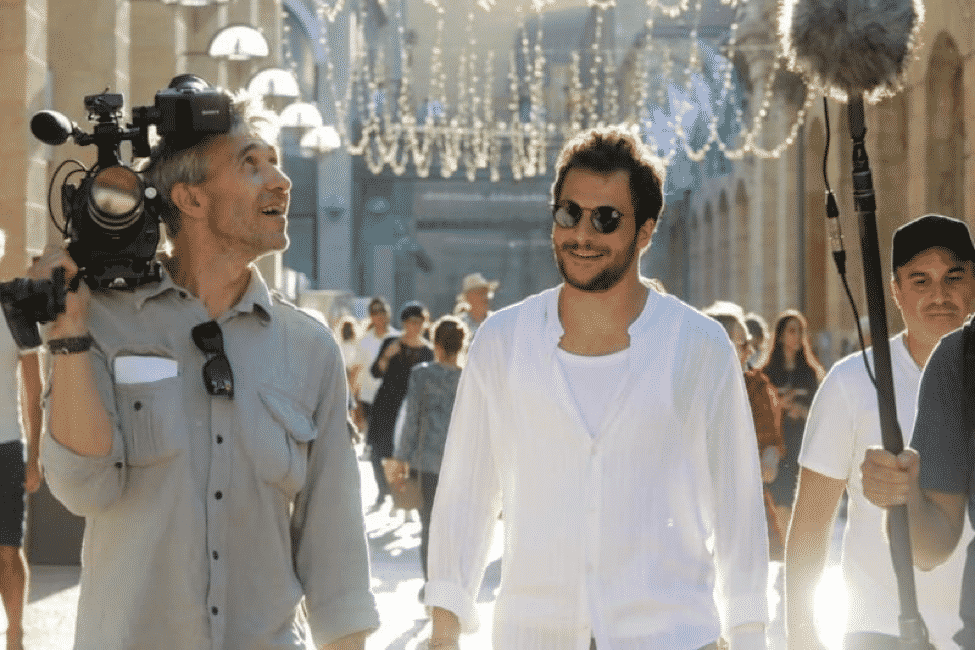
Olivier Paul Philippe’s on the leap to branded content
Longtime filmmaker Olivier Paul Philippe had an interesting shift from TV work to creating branded content. About fifteen years ago, Philippe was still working with TV5MONDE, a widely popular international channel, where he worked on multiple successful programs.
He was then introduced to the world of commercial filmmaking work through another filmmaker. An opportunity in branded content presented itself.
However, being completely new to this type of work, Philippe assumed that creating short content for brands wouldn’t be especially creative, but after starting to work in the area, he quickly found that it could in fact be much more creative than his work in television.
“I didn’t know much about this type of filmmaking and thought it wouldn’t be very creative, but I noticed that it was much more creative than a TV Show, where we always repeat the same mechanics. In branded content and commercials, we push creativity and experimentation quite far.”
This was the start of Philippe’s extensive work in branded content, and he has since created work for highly prestigious brands known the world over, including LVMH, Séphora, Guerlain, and Dior, as well as many others.
Philippe has also directed notable short films, such as CARMA, which won multiple film festival awards when it was released in 2017.
But in this article, Philippe will specifically be helping us to better understand the ins and outs of making commissioned branded content, drawing on his extensive expertise in the area.
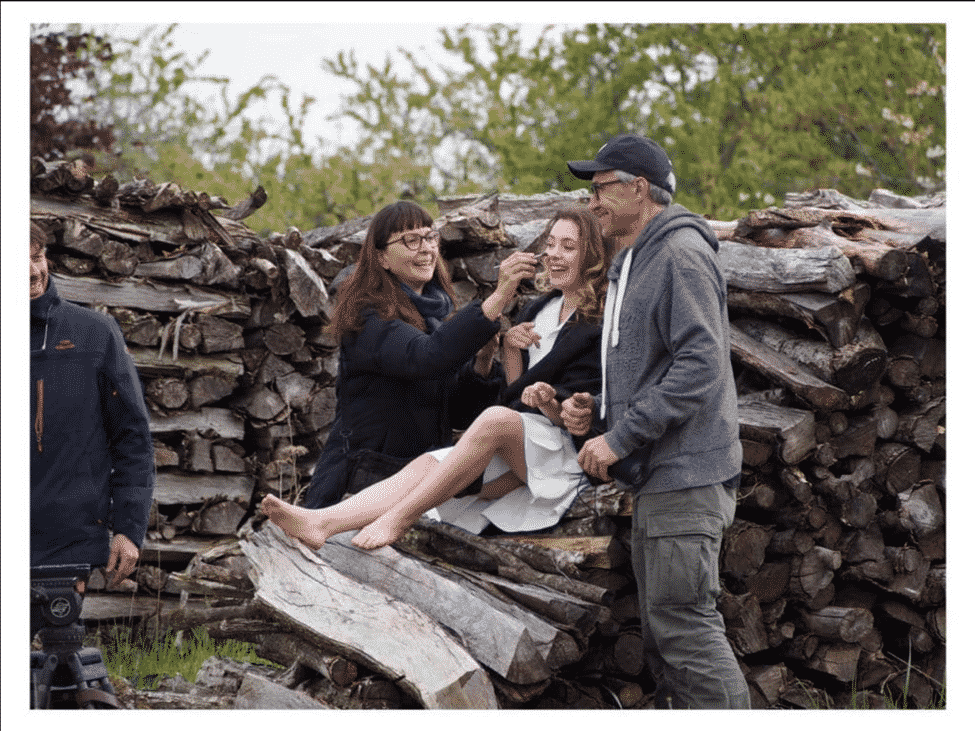
Limiting personal style
A big question that aspiring filmmakers might have about branded work is how much they can infuse each short with some sense of their personal style.
After all, young filmmakers are often very eager to show off what they can do and what their unique artistic voice is like. They want to be creative and inventive whenever possible.
So can filmmakers use a lot of their personal style and approach when making a video for a brand?
The answer is not so cut and dry. To summarize, yes, it’s certainly possible to use your own style, and there are even times when it’s advisable to do so, but if you use too much of that style, then it’s likely to overtake the project, at the expense of the intended messaging.
In other words, it’s a mix. After all, these projects are collaborations. It’s not about completely dominating a piece with your own vision, though it is important to have a strong vision.
Philippe gives a very good explanation of this creative give and take:
“Agencies and brands ask me to work for them because they like my way of filming, my way of telling stories. But behind the little story that we are going to tell, what is the greater story of the brand? Once you have enough benchmarks, you can have fun shaking up conventions. And it always pays off for a brand to go where you don’t expect it.”
It’s always going to be a mix of what the company wants and what you can personally bring to the table.
Along those lines, it’s highly recommended that you communicate extensively with the brand in question, especially at the beginning of the process.
If you know exactly how much freedom you have in a particular project, then you can make informed decisions about how far you can take your ideas within those boundaries.
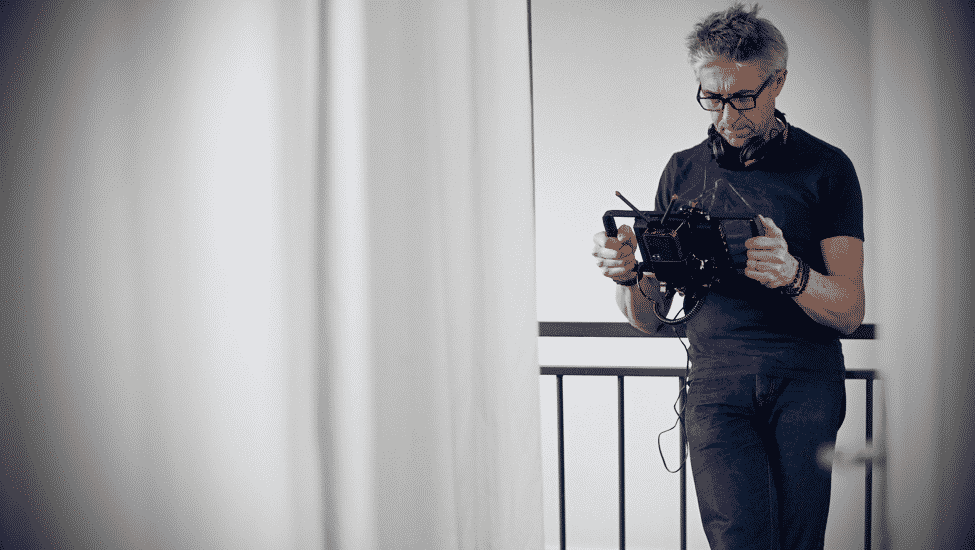
Concise storytelling
Another somewhat common misconception about creating branded films is that commercials, in particular, are always non-narrative, especially when compared directly to fictitious films and television programs.
But this also isn’t true. Even if a commercial has no dialogue and simply features a series of complex images, it’s still telling some kind of story.
The non-narrative assumption can also come from the length of these videos, which may only be a few minutes long or fifteen seconds long.
Philippe stresses that it’s crucial to always pay attention to the narrative aspect of these projects:
“The danger is thinking that since it’s short, it doesn’t really tell a story. That’s wrong. The real difficulty with short programs in general is that you have to be extremely clear, concise, and focused on a main idea or emotion. There is no room for wandering.”
This is another area where it’s extremely helpful to have a strong vision and plan for execution ahead of time.
If you have a clear idea of what the emotional and narrative core of the film is, then it will be much easier to stay enthusiastic about the project and do whatever it takes to make it interesting for the viewer.
Thinking on your feet
Something that’s very important to understand about film production of any kind is that things don’t always go as planned.
In fact, it’s likely that something will go wrong during production, whether it’s the weather conditions, uncooperative cast members, or location issues.
But in branded work specifically, budgets tend to be tight, along with deadlines. There’s very little time to solve problems, which means that directors and their crews need to be able to think on their feet to solve problems.
To illustrate this point, Philippe told us a story about a project where he was creating a short for a company that made baking ingredients.
Central to this video was a beautifully-decorated cake. Of course, when working with real food on a set, there are many different factors to consider. Philippe had even arranged to have several different copies of the cake made and brought to the set, in case one was dropped by accident, etc.
However, something that Philippe and his crew hadn’t anticipated was that these cakes were made with lots of creamy ingredients which, under the hot set lights, started to melt very quickly, making it impossible to capture all the footage they needed before the cake looked significantly worse.
For some, this would cause a panic. All this planning and all this money, and suddenly it wasn’t worth anything.
But Philippe quickly came up with a solution:
“I simply asked the prop master and the pastry consultant to flip a tupperware box that had the same dimensions as the cake, and I asked them to decorate it in the same way as the cake. It worked! That’s how we saved the shoot.”
This is just one small example of how being in the moment and thinking creatively to solve problems can prevent an entire project from going off the rails, and in the process, you’ll improve your reputation as well.
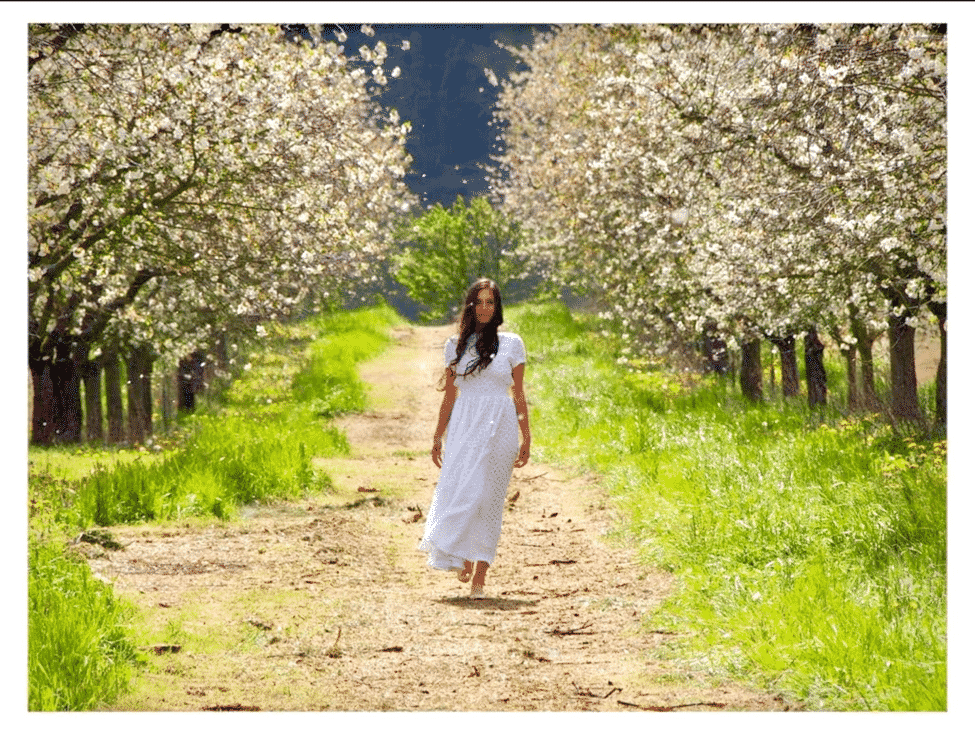
Explore + imagine
In closing, Philippe’s advice to young filmmakers is to get out there and try everything:
“I envy this generation. Mastering production techniques has never been so easy, so just do it. Mastering the different aspects of production allows you to know exactly what you can and cannot do, how far your imagination can go depending on technical or budgetary constraints. Don’t wait for someone else to let you become who you want to be.”
It’s true: there are so many resources today for aspiring filmmakers hoping to learn the ropes, and it’s now possible to create great-looking work with only a few basic, affordable tools.
If you can prove that you can create something special regardless of your budget and the available equipment, it’s going to make you that much more attractive to potential clients.
Once you’ve secured your first gig, your filmmaking journey has already begun. Where it takes you next is up to you.

